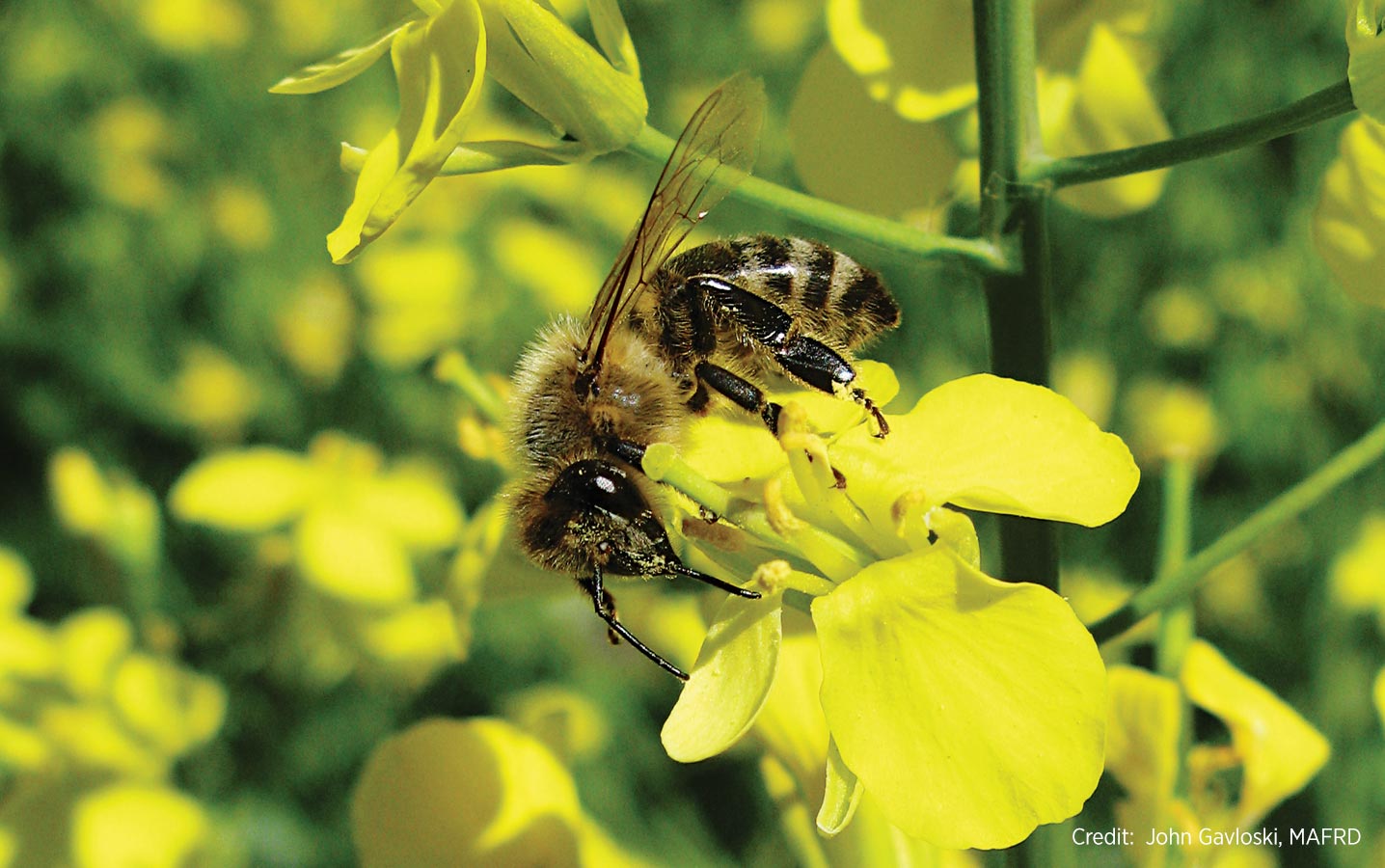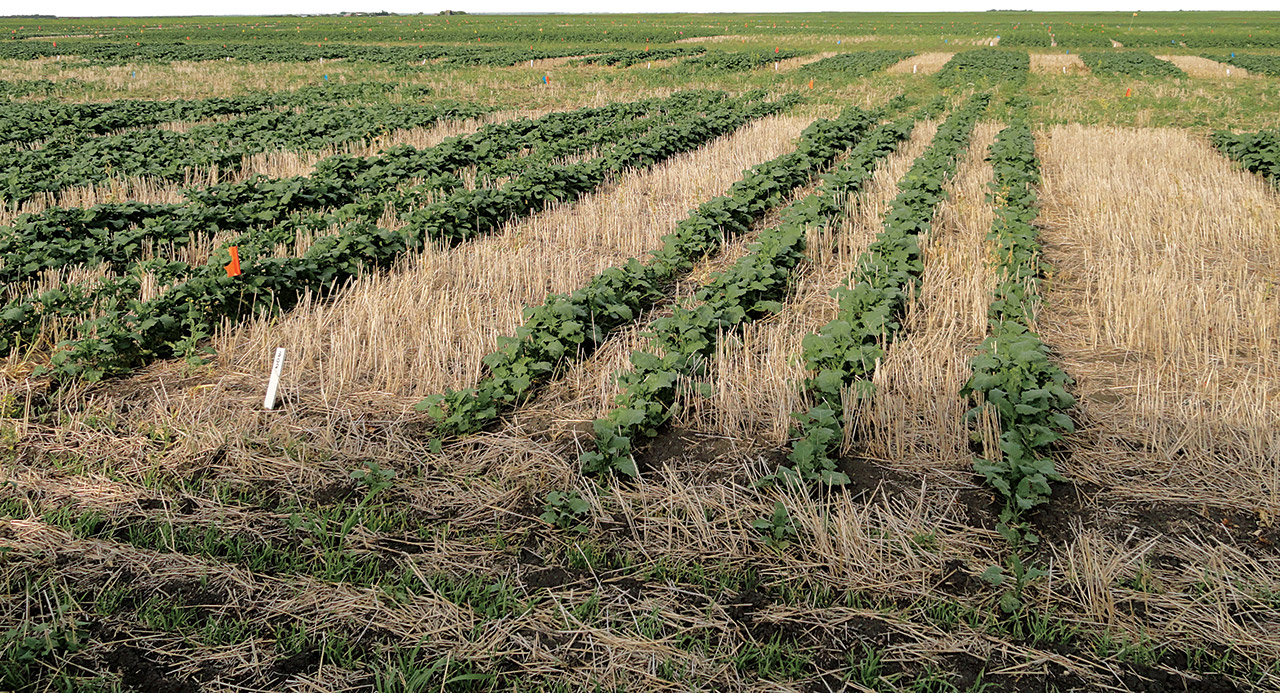
Key practice: Use insecticides judiciously and employ strategies that may increase populations of some beneficial insects and reduce mortality of some parasitoids. These strategies include reducing tillage, leaving tall stubble to improve overwinter survival and intercropping. Key research: Dosdall, Lloyd, University of Alberta. “Improved Integrated Crop Management with Beneficial Insects.” Canola Digest Science Edition (2013)....
Read More 
Canola growers across the Prairies fund many research projects with their levy payments to Saskatchewan Canola Development Commission, Alberta Canola Producers Commission and Manitoba Canola Growers Association. Many of those projects are funded through the joint Canola Agronomic Research Program (CARP) – an arrangement that has been ongoing for almost 30 years. Other projects are funded through arrangements with other organizations listed in these summaries.
Here are short descriptions of and updates on all ongoing projects directly funded by provincial canola grower organizations.
Key practice: Optimum seeding depth is ½” to 1″ below the press wheel furrow. This reduces days to emergence and improves plant population and uniformity, which produce season-long benefits. Key research: Harker, K. Neil, Agriculture and Agri-Food Canada (AAFC). “Seeding Depth and Seeding Speed Effects on No-Till Canola Emergence, Maturity, Yield and Seed Quality.” Canola...
Read More Canola growers can experience substantial decreases in yield due to sulphur deficiency. The abstract to the Grant, Malhi and Karamanos review cited above begins with this: “(Canola) has a high concentration of sulphur in its tissue and seed and a particularly high demand for sulphur relative to its yield potential. Therefore, effective sulphur management is...
Read More Key practice: Recommended fertilizer rates and seeding rates that provide for a competitive stand will make canola more resilient against weeds, insect damage and disease. Key research: Brandt, S.A., Agriculture and Agri-Food Canada (AAFC), et al. “Seeding Rate, Fertilizer Level and Disease Management Effects on Hybrid Versus Open Pollinated Canola (Brassica napus L.).” Effective pest...
Read More





